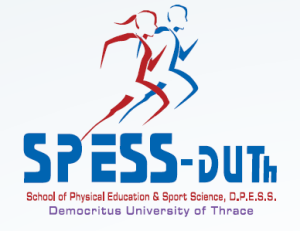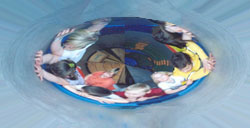Alejandra Vega Torres1, Sergio Reyes Toledo2, Moisés Franco Valencia3, Fabiola Niño de la Rosa4, Raúl Fernando Martínez Martínez5, Edith Doniz Alvarado6
1Physiotherapy intern from Universidad del Valle de México, Mexico City. Hospital General Xoco Orthopedics and Traumatology Service.
2Hospital General Xoco Orthopedic Service
Attending Physician
3Hospital General Xoco Investigation Area Chief
4Unidad de Medicina Física y Rehabilitación, UMAE Hospital de Traumatología, Ortopedia y Rehabilitación “Dr. Victorio de la Fuente
Narvaez” IMSS
5Cardiopulmonary Rehabilitation Specialist
6Universidad del Valle de México Campus Coyoacán. Children alevega1993@gmail.com
Abbreviations
DASH = Disabilities of the Arm, Shoulder and Hand
MEPP= Fine motion stimulation cloth (Mantel
Abstract
Introduction: Radial nerve injury, often caused by humeral fractures, can disrupt mobility and functionality of the arm. Physiotherapy focused on function recovery are an essential component of radial nerve injury treatment. Graphomotricity has the purpose of educating and proofreading achievement of motor-perceptive processes which allow a better upper limb and fine motion domain. The present study aimed determine the efficacy of graphomotricity as a physiotherapy adjuvant for fine motor skill recovery after traumatic reversible nerve injuries. Material and methods: A non-randomized clinic essay was administered to twelve distal humeral fracture and radial nerve damage patients. Patients under 18 years old, with axonotmesis electromyographic data, or complete nerve injury were eliminated. Each patient completed 15 physical therapy sessions consisting of conventional treatment and fine motor skill stimulation with graphomotricity exercises. Results: After physical therapy and graphomotricity sessions, there was a significant (p<0.001) increase in average range of motion and strength. Additionally, there was a significant (p<0.001) decrease in average DASH scores. Conclusion: The present study suggests graphomotricity may be a valuable addition to conventional physical therapy for fine motor skill recovery in patients with traumatic radial nerve partial injury
Keywords:
radial nerve, graphomotricity, nerve damage, physical therapy
Download (pdf, 588kb)






